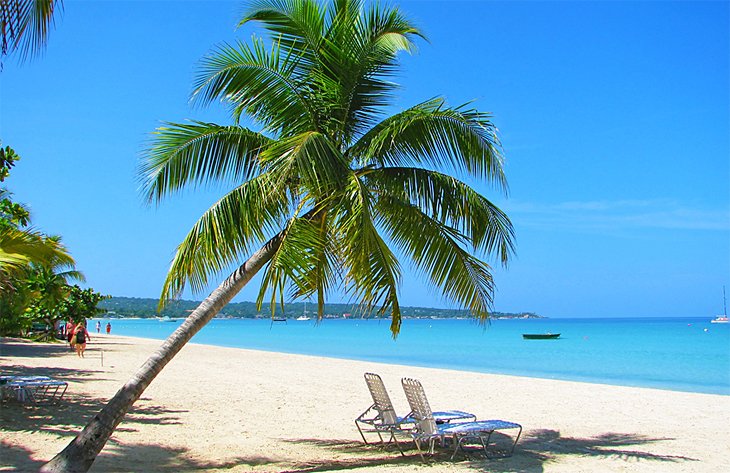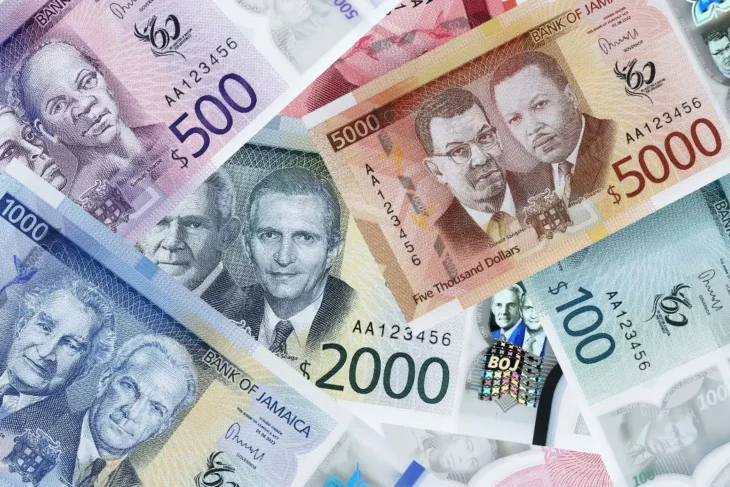
Sunday, September 27, 2020 marked the celebration of World Tourism Day under the theme: “Tourism and Rural Development”. This according to the United Nation World Tourism Organization / UNWTO is in recognition of “the unique role that tourism plays in providing opportunities outside of big cities and preserving cultural and natural heritage all around the world”. The celebration comes at a time when rural marginalization across the world is real in terms of employment opportunities, digital / technology divide, lower income levels and aging population. This thrust on tourism and rural development speaks to the inclusion of rural communities, indigenous people and many other historically marginalized populations in tourism developmentacross the globe, with the aim ofintegrating and empowering them.
Interestingly, it is the first time in the 40-year history of celebrating World Tourism Day that the official celebration was not hosted by a single Member State of the UNWTO. The paradigm shift is that countries from the Mercosur bloc, namely, Argentina, Brazil, Paraguay and Uruguay served as joint hosts, and Chile joined as an observer. This co-hosting agreement is intended to demonstrate the spirit of international solidarity that is expected of tourism, particularly during this time of the coronavirus (COVID-19) pandemic. Notably, the pandemic has also made virtual celebration the way to go as well as, it forces inclusivity.
Was World Tourism Day Truly Celebrated?
Was the day truly celebrated amidst a global pandemic, particularly with its theme? Worldwide, rural areas are the hardest hit from the pandemic. For many, tourism is the main source of employment and income generation. The impact is even more significant for the youth who remain in rural communities because of this opportunity.
The COVID-19 event has gripped the entire world and crippled travel and tourism, an industry that was predicted for continuous growth, both internationally and locally. International tourist arrivals fell by 65 percent during the first half of the year and declined by 93 percent when compared to 2019 as indicated by the UNWTO Barometer. Understandably, destination borders had to be closed and many were not reopened until July. Figures for the global and sub-regions for the first half of the year are astoundingly in the double-digit, all showing declines of more than 50 percent in arrivals between January to June 2020. Asia and the Pacific showed the majority decline with a 72 percent decrease in tourist arrivals. Noticeably, this region was the first to be infected with the virus. Europe was the second-hardest hit with a 66 percent decline, the Americas in which Caribbean destinations are categorized, experienced 55 percent decline, and Africa and the Middle East both had 57 percent decline in tourists. This enormous reduction in international travel demand over the period January to June 2020 represents a loss of 440 million international arrivals and approximately US$460 billion in export revenues from international tourism. This is unprecedented and is five times more in the loss of international receipts than in 2009 during the global recession.
Locally, in 2019, Jamaica had approximately 4.4 million visitors including stopover arrivals (2.7 million) and cruise passengers (1.6 million) with an overall tourism spend of US$3.64 billion. Jamaica projected an increase to 4.6 million visitors in the fiscal year 2020 to 2021 with a corresponding US$4.25 billion earnings. This figure had to be adjusted to 4.3 million visitors due to the pandemic with a projected fall out of J$76 billion. The question, however is, should the projections be further adjusted as the pandemic continues? Evidence is that the future will not be the same whether or not these figures are adjusted. Re-imagining the tourism of the future is paramount.
Re-Imagining Tourism
The World Health Organization (WHO) had actually warned that an early reopening of national borders could result in a second wave of the viral infection due to the global transportation network. There are destinations that have prolonged border control. Jordan, Nepal and Nigeria for instance, have only recently opened their borders to international tourists and others including the Cayman Islands, St. Kitts & Nevis and Zimbabwe plan to do so during this October month. Saudi Arabia will not be reopening its borders to international tourists until January 2021. It is hoped that these countries would be using the time span to re-imagine tourism.
With a high economic dependence on travel and tourism, Jamaica cannot afford to keep its borders closed. As with other industries, there has to be some re-thinking and by extension re-imagining of the offerings and management of tourism during and post this pandemic. In doing so, the offerings at the micro-level must be given more attention, to empower the people and grow the economy in keeping with the thrust on tourism and rural development. The Tourism Minister, Edmund Bartlett, is actually on track with the assurance that his ministry is “committed to creating a tourism that is re-imagined that provides the most authentic Jamaican experiences for our visitors” (Jamaica Observer, January 16, 2020). As he pointed out, the value chain will benefit a wider cross section of the sector “by providing their creativity and passion”. Notably, this was stated prior the pandemic outbreak in Jamaica and despite the optimism, the spike in the COVID-19 infection across the island will definitely impact this intention for rural community tourism development.
Tourism Beyond 2020
Despite the re-opening of tourism destinations, there remain challenges in the travel market. Travel restrictions are still enforced by destinations and major outbound markets, for example, the United States and China continue to be at a standstill. There is also the propensity for further spread of the virus. As per the WHO there was “no evidence” that people who have recovered from COVID-19 and have antibodies are protected from a second coronavirus infection. Thus, the future seems to be unknown.
Even with a projected overall decline of 58 to 78 percent in international tourist arrivals in 2020, tourism is being postured as an essential industry for economic recovery during- and post- the pandemic. European markets such as France and Germany have been showing some improvement since June. An improvement in travel and tourism for 2021 is likewise predicted with a gradual and linear lifting of travel restrictions, return of traveler confidence and the availability of a vaccine or treatment. Returning to the tourist arrival achievement of 2019, however, could take between two to four years as pointed out by the UNWTO.
In concluding, many countries will be relying on tourism to drive economic recovery from the effects of the pandemic and therefore, should be re-imagining their tourism ecosystem at this point in time. Although tourism is a service industry, with people-to-people encounter being the ultimate experience, the digital and virtual platforms are necessary considerations at this time. Some tourism destinations around the world are re-imagining tourism with digital technology being an important tool for data gathering and the virtual space used to create and offer various visitor experiences. For instance, there are major museums and art galleries in Europe such as the Sistine Chapel in the Vatican City that are now offering virtual tourism through online tour and interactive mode.
For the continuation of in-person visits to destinations, expert management of tourism within a framework of health and safety will be critical. The supply side of tourism must be based on health and safety protocols and the demand side embedded in safe and responsible international and domestic travel.
Gaunette Sinclair-Maragh Ph.D
Educator
University of Technology, Jamaica



